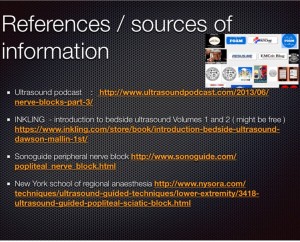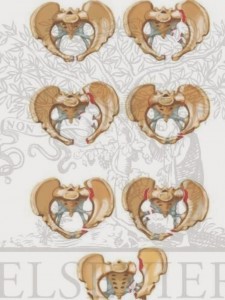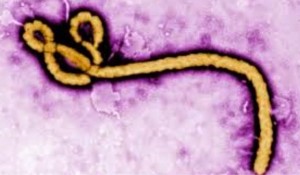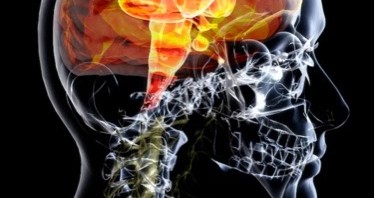Moving on to medical emergencies , this weeks teaching is brought to you by the elelement Na !


Moving on to medical emergencies , this weeks teaching is brought to you by the elelement Na !

This week we have the following / talks discussions
4) Ultrasound guided nerve blocks in the ankle and the femoral nerve block
LINK TO powerpoint on Nerve blocks to lower limb
( useful really only for references and diagrams of relevent nerves )
click on image below to be forwarded to icloud version of PPT


ED THORACOTOMY

hi
To complement TRAUMA talk last week the following talks need to be covered next thursday
please pick a talk and post a summary on this website (via www.emsligo.blogspot.ie) the summary should be a paragragh and contain at least one reference
1) Thoracotomy – Karen ( or mick )
2) Chest drain placement / include indications for hand thoracostostomy ( Eimhear)
3) Massive transfusion protocol
4) sort of goes with 3 but good to divide up between two : DAMAGE CONTROL RESUSCITATION
5) the rectal exam in trauma – Mohamed
6) pelvic fracture classification ( young ) and significance – MEDICAL STUDENT PRESENTATION
7) RSI practice and Gidascope demonstration ( rep )
8) review the FAST scan if time ( for people who werent there the last time )
remember to check this link for review of FAST SCAN -http://www.sonoguide.com/FAST.html

Greetings
We have a month or more of trauma ahead of us and a lot of interesting talks
The idea is to get through the most important and contemporary aspects of trauma management in ED and also to brush on some basic concepts of ATLS that we practice
There is a list of topics to present
this month we will summarise all our talks by leaving comments on this web page
any talks that are stored in open access cloud space (google drive / icloud etc ) will have links on this page
The value of this sort of teaching is that there is documentation of what we are learning and anopportunity for all of us to feedback perspective updates etc . This reflects what WEB 2.0 is all about !!
TOPICs ( to be covered over the month )
THE FAST and EFAST with practical demonstration – Mick (s) Karen et al
MASSIVE TRANSFUSION IN THE EXANGUINATING PATIENT –
PERMISSIVE HYPOTENSION IN TRUAMA – where do we stand – reg /middlegrade talk
CHRASH 2 – medical student
SAFE study (normal saline v chrystaloid ) – CONOR
THE VALUE OF RECTAL EXAM IN TRUAMA – Muhammed
Intercostal drain insertion – Eimhear
Thorocotomy- Karen
www.braintrauma.org guidelines – at least 5 guidelines with interesting topics – pick any even surgical managment – 5 talks
 EXANGUINATING PELVIC TRAUMA – MICK and Safa link to MICKS PELVIC FRACTURE TALK HERE https://www.icloud.com/iw/#keynote/BAKG0mpd7MjKjYCmbMaBN-FZZ-89ia5nmvaF/PELVIC_FRACTURE_negative_fast
EXANGUINATING PELVIC TRAUMA – MICK and Safa link to MICKS PELVIC FRACTURE TALK HERE https://www.icloud.com/iw/#keynote/BAKG0mpd7MjKjYCmbMaBN-FZZ-89ia5nmvaF/PELVIC_FRACTURE_negative_fastTHORACOTOMY – sensible indications- KAREN
THORACTOMY – HOW TO – VIDEO
SHOCK AND SPINAL CORD INJURY ( neurogenic and spinal shock explained )
TRAUMA SCENARIOS – PICK ONE ( OR MAKE A BETTER ONE UP )
– PREGNANT PATIENT POLYTRUAMA
– MASS CASUALTY- > 2 CRITICAL PATIENTS – DISCUSSION ON PLANNING ONCE THE AMBULANCE CALL COMES I
-PAEDIATRIC
POLYTRUAMA – REVIEW OF PALS VALUES /RSI
– GCS 3 BLOWN PUPIL !
-PELVIC FRACTURE


Summary of Ebola talk
thanks Eimhear for a comprehensive review of recent updates on Ebola.
Today the WHO has predicted a worse case scenario of up to 20000 cases before the end of this epidemic is brought undercontrol (hopefully by the middle of next year) .The BBC reports that it is thought that the actual number of cases may be 4 x the advertised 3000 . The measures needed to control the outbreak will cost 500 million dollars and will involve 175 international case workes and more than 10 thousands national workers
current quick glance guidelines/ algorithm are available via the HSE website here
Precautions involve using personal protective gear ( Face mask , water proof gown, gloves over gown , closed shoes , eye shied ) . Although no droplet spread as such , infection occurs when there is close contact with bodily fluids ( semen , saliva , faecies , blood.) it appears that this fluid must come into contact with mucosa or broken skin. The virus can survive for many months in body secretions. Health workers within one metre contact are at risk unless full PPE is used
In our institution the current hospital protocol is that a patient that has any risk should be transported from triage to AAU ( with personel using PPE ) . The triage room should then be disinfected ( standard chlorhexidine etc)
Currently our ED is not equipped to handle suspected cases
Thanks also to Marcus Chou ( ENT consultant) for part one of ENT review – Epistaxis
to summarise
-epistaxis is common ( exact prevalence uncertain because it is mostly self limiting at home ) . Ninety percent idiopathic
– the management of epistaxis is the responsibility of ED until ENT takes over.
– ED may end up being responsible for the active treatment and resuscitation right up until the unstable patient is taken to theatre by ENT
Some of the essential equipment in ed must include
Head light source ( unless you have three hands)
Nasal speculum – do ed doctors really know how to hold a nasal speculum?
ENT suction
Co phenylcaine
Appropriate packing – rapid rhino > merocel
Alternatives include ………
Silvernitrite sticks ( remember you just apply DRY for a second or two – to avoid septal perforation or unsightly staining of skin)
Approach
ED doctors know how to resuscitate ( I hope) – access/ airway / opiate analgesia prn/ monitoring
Remove clot with suction
apply cophenylcaine ( 120 euros per bottle )
use cotton wool or plegets as an added measure these can be soaked in cophenylcaine
visualize littles area
cauterise culprit vessel with care
pack with rapid rhino if this fails
pack ohter side with rapid rhino if this fails
take out and use standard packing if this fails – patient will not be liking this !
posterior bleeds are uncommon < 5 percent and are treated with tampnade ( ie a Foley catheter baloon to seal off the posteior part of nasal cavity in conjunction with packing and forceps at nose to hold taught – these patients will need to go to theatre and all patients will need ENT admission – current dogma recommends that packs stay in for three days and that antibiotics are given

